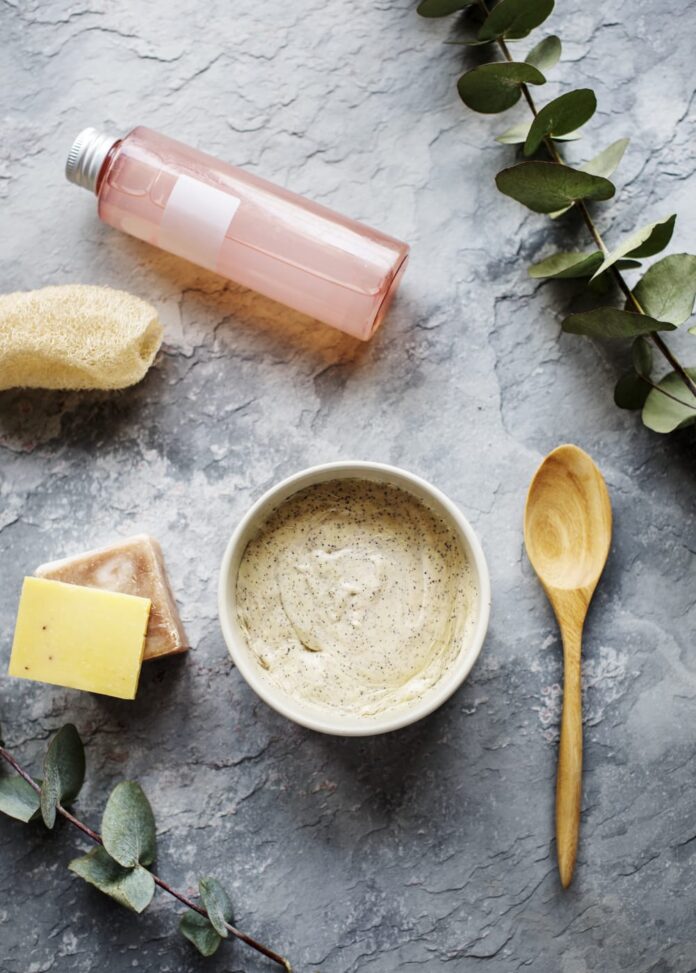Homemade Dry shampoo has quickly become an integral component of haircare routines worldwide, offering an efficient and waterless method of refreshing locks without water. Store-bought options may be more affordable but often contain harmful chemicals; homemade dry shampoo offers a healthy and affordable solution with only three ingredients needed to make an affordable solution that can refresh locks without waste or buildup of product build-up. In this article we’ll go over everything there is to know about homemade dry shampoo—including its benefits, recipes tailored for different hair types, as well as answers to frequently asked questions (FAQs).
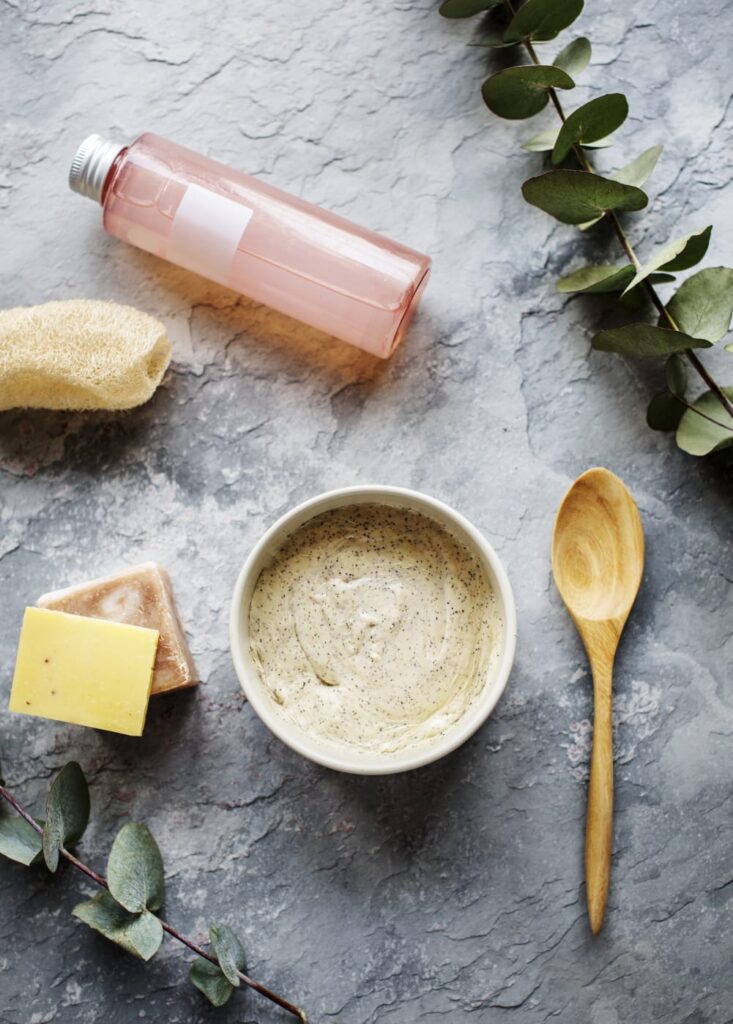
Why Make Homemade Dry Shampoo Formulas*
Dry shampoo is a spray or powder used to absorb excess oils from the scalp and leave hair looking and feeling healthier. Making it yourself has many advantages—for instance:
Natural Ingredients: Do not use synthetic chemicals on commercial goods.
Cost-Effective: Reduce Costs with Pantry Staples Save money with pantry staples by making use of them in your food storage regimen.
Customizable: Tailor recipes specifically to your hair’s texture and type for optimal results.
Environment-Friendly: Decrease the amount of plastic waste created by purchasing store products with packaging instead.
Ingredients for Homemade Dry Shampoo*
Homemade dry shampoo offers many advantages. Below are some of the key ingredients:
1. Base Ingredients: Its cornstarch absorbs oil and increases volume.
Arrowroot Powder: Arrowroot powder offers an alternative to cornstarch as a light binding agent.
Baking Soda: While baking soda may help absorb oil from skin surface pores, use in moderation in order to avoid irritation and minimize possible skin sensitization.
Color adjusters: (for darker hair):
Cocoa powder: When applied to dark hair, cocoa powder adds an aromatic scent that works beautifully.
Activated charcoal: Can help balance oily scalps.
Essential oils: May provide scent and health benefits to the scalp (e.g., tea tree, lavender, and rosemary oils).
Cinnamon: Provides an edgy look, perfect for brunettes and redheads alike.
DIY Dry Shampoo Recipes for Different Hair Types*
For Light Hair:
For light-colored locks, two tablespoons of either arrowroot powder or cornstarch are sufficient.
Five drops of essential lavender oil.
Mix all of the ingredients in a small bowl before transferring the mixture to an airtight container for storage.
For Dark Hair:
While applying two tablespoons of cornstarch powder or powder of arrowroot to dark locks.
One tablespoon cocoa powder.
Three drops of rosemary essential oil.
Blend carefully for optimal results that complement your tone.
For Red Hair
To treat red locks with two tablespoons of powdered arrowroot
1.25 tablespoons of ground cinnamon are required to produce one pound.
3 drops of chamomile essential oil
Mix thoroughly for even distribution.
To Treat Oily Scalps
By mixing one tablespoon of cornstarch with one tablespoon of baking soda and five drops of oil from tea trees.
Mix and store in a jar fitted with the lid of a shaker.
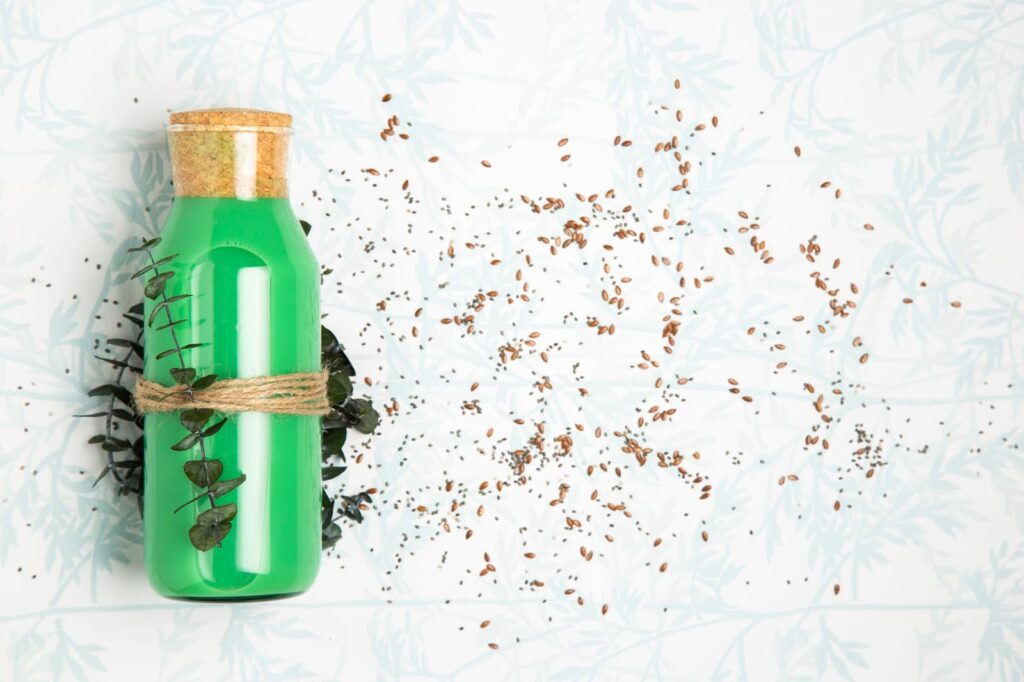

How to Use Homemade Dry Shampoo
1.Apply: Utilizing either your makeup brush or fingers, apply dry shampoo directly onto the roots of the hair.
2. Allow It To Sit: Let it rest for five to ten minutes so any excess oil can absorb.
3. Brush Out: Use a soft-bristled brush to evenly disperse powder across your complexion before brushing away any excess.
Tips for Successful Results
Start Small: To ensure maximum scalp comfort, start out small. Apply a small amount at a time to avoid overstressing your scalp and possibly inducing breakouts.
Utilize the appropriate tools: Make use of tools such as a fluffy makeup brush or even an old salt shaker when applying makeup.
Create Your Signature Scent: Use the essential oils you choose to create your very own signature scent.
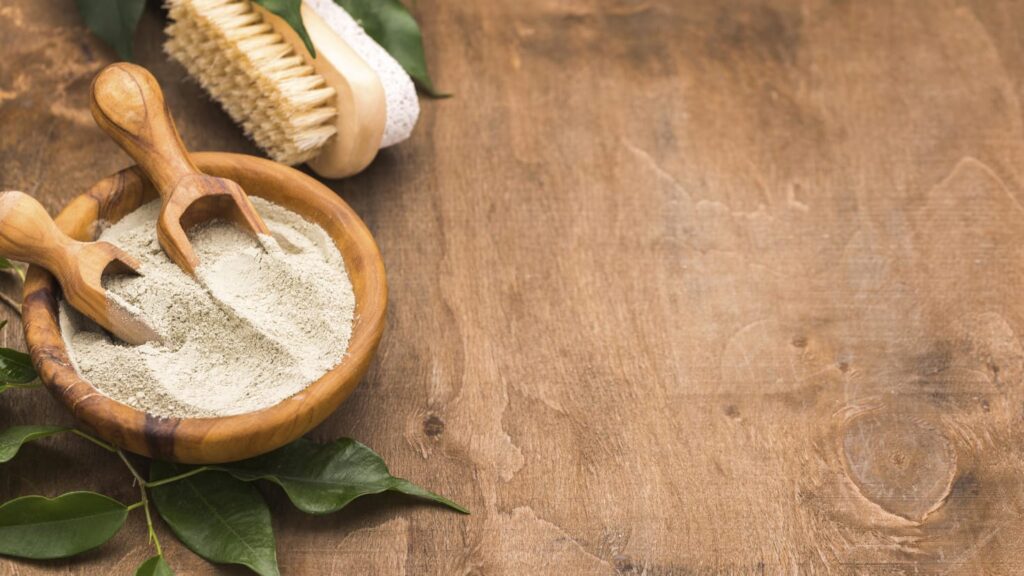

FAQs About Homemade Dry Shampoo
1. Do homemade hair products pose any risk?
Homemade dry shampoo can generally be safely used daily as long as it’s used responsibly; overusing it may cause the product to accumulate, potentially blocking your hair follicles and leading to possible blockages in your scalp.
2. Do homemade dry shampoos work as an effective replacement for regular shampoo?
Dry shampoo should not be seen as a replacement for using traditional shampoo and water to clean your locks; rather, it serves as an interim solution to manage oil between washes.
3. How long will DIY dry shampoo last?
DIY dry shampoo made at home can last months when stored in an airtight container in a dry, cool area. Be sure to store it where the air circulation is adequate.
4. Does It Cause Scalp Irritation?
Some ingredients, like baking soda, may irritate sensitive scalps. If irritation persists, try switching to more gentle options like arrowroot powder instead.
5. Do homemade dry shampoos work on all hair types?
Yes, our methods can be tailored to accommodate various hair types and shades. Use cocoa powder on light hair while cinnamon may work better for red locks.
6.Can it be applied to freshly washed hair?
Dry shampoo’s primary function is to absorb excess oil, so its use for freshly washed hair is optional; however, you could add volume by using it to add natural volume to the style.
7. Will there be any trace left behind?
Dry shampoo made at home should leave no visible trace once applied correctly and brushed out thoroughly, and any visible substances should have vanished into thin air.
8. Is it safe for hair that has been treated with colored dyes?
Homemade dry shampoo can be safely applied to all colors of hair. Before applying it throughout, test a small area to ensure it won’t alter its hue.
9. What can I do to remove dry shampoo from my homemade mixture?
BRUSH YOUR HAIR WELL to remove most of the dry shampoo residue. Any remaining traces should be washed off during your next shampoo session.
10. Do I have to bring homemade dry shampoo when traveling?
Yes, storing the oil in a small container is easy—just ensure it’s securely sealed to prevent spills!
Why Should You Opt for Homemade Dry Shampoo Over Store-Bought Options?
Transparency: You know exactly what components comprise your product.
Flexibility: Adjust the ingredients according to your specific needs and enjoy total flexibility!
No Aerosols: Do not inhale aerosolized dust from spray formulas.
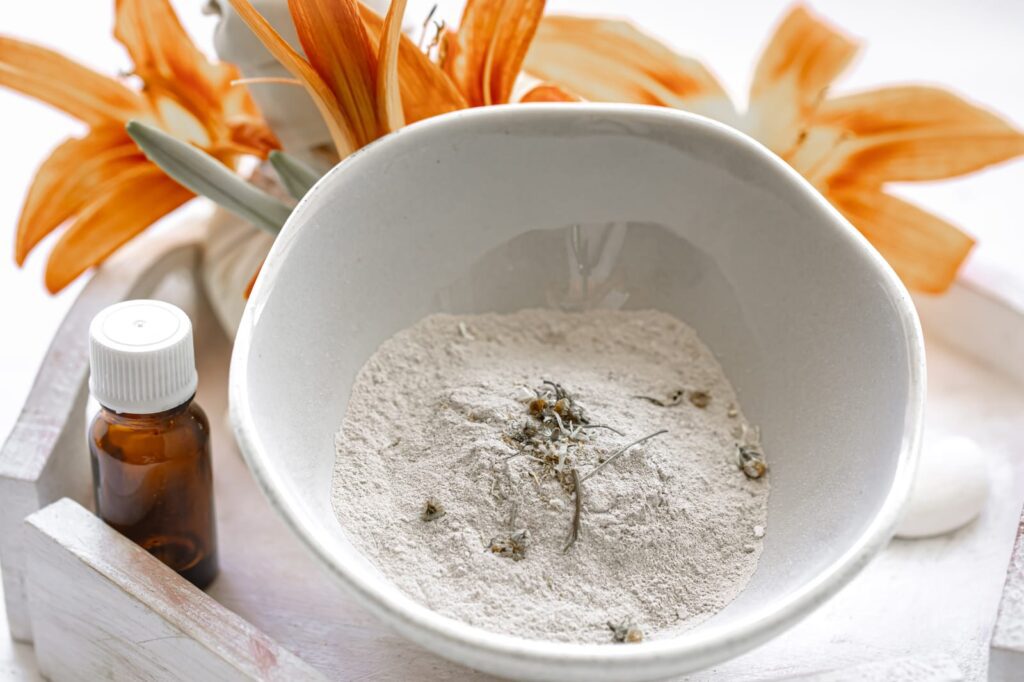

Conclusion
Making dry shampoo yourself is an affordable, natural, and personalized solution to grease-stained locks. By experimenting with scents and ingredients, you can craft something perfectly tailored to meet your individual needs—using these easy recipes and tricks, you may never need to purchase dry shampoo from a grocery store again!
